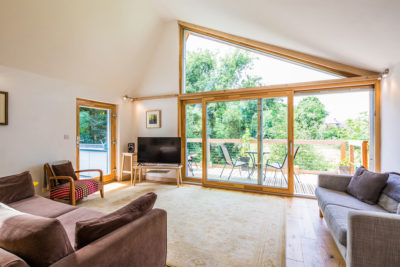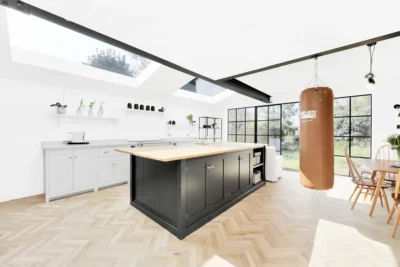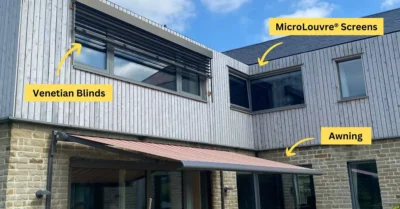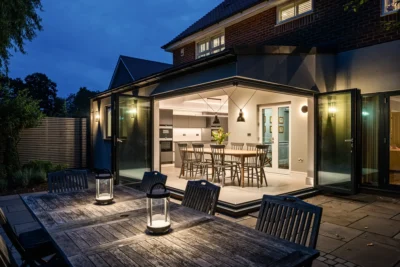How to Get Juliet Balconies Right
Even if an upper storey walk-on terrace isn’t possible for your home, you can still benefit from glazed doors and fresh air upstairs thanks to Juliet (or Juliette) balconies.
These setups combine a set of glazed doors with a flush or near-flush safety balustrade, allowing interiors to benefit from floor-to-ceiling views of the outdoors, natural daylight and ventilation.
Why add a Juliet balcony?
There are various reasons why a Juliet balcony could be an excellent addition to your home.
On new build projects, planning restrictions might mean a full balcony isn’t possible on an upper storey, whether that’s an aesthetic decision or because of overlooking issues. Or there might not be enough space, which makes the compact and subtle profile of a Juliet an effective way to have a door upstairs whilst keeping the planners happy.
Another advantage is that it’s a more affordable option than building somewhere to walk out onto.
For renovations, Juliet balconies can usually be installed without the need for planning permission, often simply bolted on to an existing wall.
Design options
The name comes from Shakespeare’s famous play, where Juliet romanced with Romeo from her balcony.
These designs originated in Mediterranean countries, and became popular in the UK during the Georgian era, hence traditional-style Juliet balconies feature decorative metal railings and ornate details.
In recent years, glass designs have taken the market by storm, allowing uninterrupted views when paired with glazed doors for a seamless, contemporary look.
Juliet balconies are able to span considerable widths, meaning French, bifold and sliding doors are all suitable solutions. The balustrade is usually bolted onto the outside of the opening, but it is possible to install it inside the door if that works better for the setup.
As Juliets are popular in bedrooms, you might want to consider including an element of frosted glass in the doors or balustrades for extra privacy. Another option is integrated blinds within the glazed doors.
Building Regulations for Juliet balconies
As with everything that goes into your home, there are guidelines to follow to ensure the finished design is safe. Juliet balconies fall under Approved Document K of England’s Building Regulations.
To ensure there’s ample protection in place to stop anyone from falling, any gaps positioned between railings can not be more than 100mm. The balustrade for the balcony must extend up to a height of at least 1,100mm from standing floor level
At Internorm, our Juliet balcony designs comprise laminated safety glass, available with a choice of sleek stainless steel rails for a safe and secure fixture. Rails are available in round and square-edged designs.
For peace of mind that your installation accurately meets Building Regulations and achieves the best performance possible, consider going with a supplier that can provide the whole package in one – doors, balustrade and installation.
Thomas Hagen is technical manager at Internorm. The company specialises in windows and doors, offering a range of designs, styles and materials to ensure you find the ideal solution for your self build or renovation.
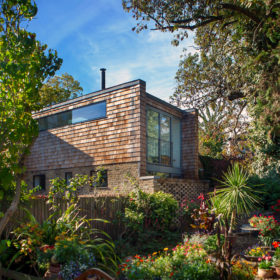
































































































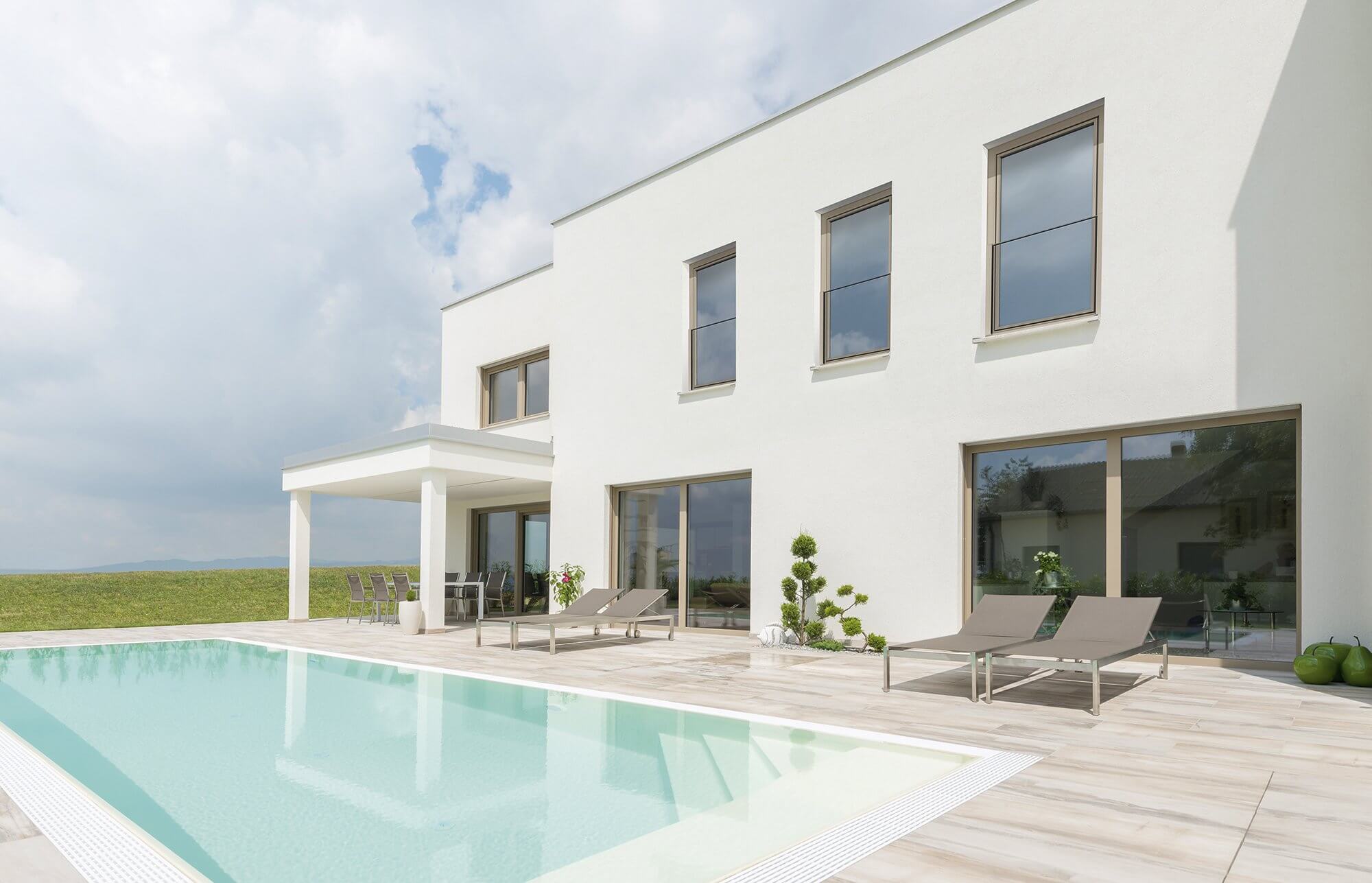
 Login/register to save Article for later
Login/register to save Article for later




